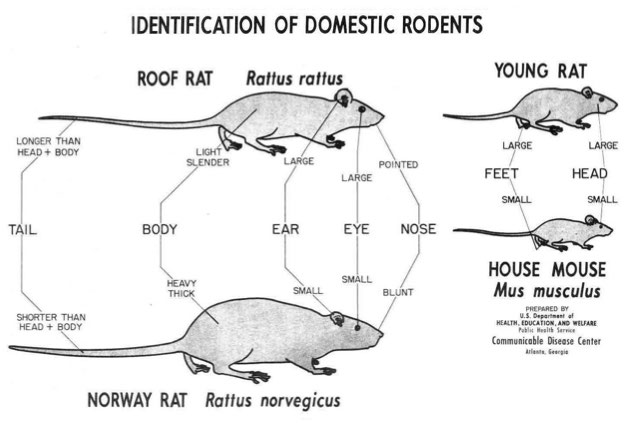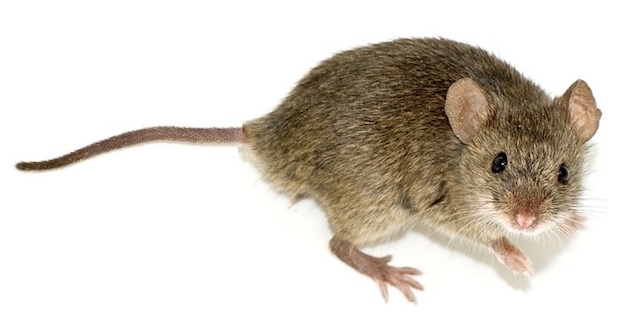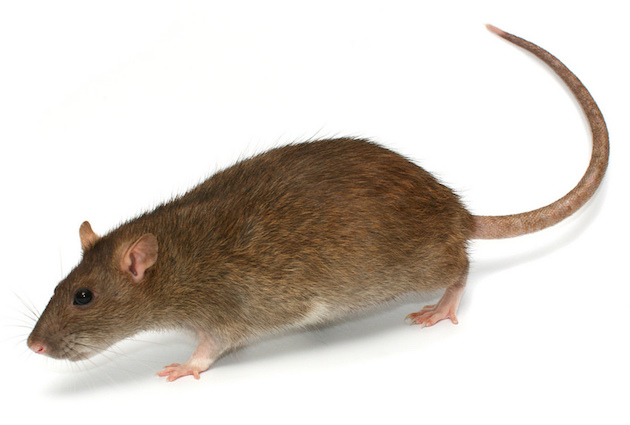If you spotted a rodent scuttling around your home, would you be able to tell the difference between mice and rats, and identify what rodent problem you have? Mice and rats are actually related, but to tell the differences between the rodents we can look at their biological and behavioural quirks.
It’s important to be able to tell the difference between mice and rats because of rodent control. This is especially important in the inner cities, like London. However, there are some things you can look out for to help with identifying mice and rats.
The Key Ways To Tell The Difference Between Mice And Rats
- Check out the poop
- Watch what they eat
- Find out how they get comfy
- See if they like each other
- Size, shape and the proportion of the rodent
One of the worst pests dreaded by many homeowners is discovering rodents in the house. They can infest the walls, loft, garage and all the spaces in between. So whichever rodent is responsible for that scratching and squeaking you can hear, you need to take care of them quickly.
Before you put your rodent control plan into action, it’s important to know the difference between mice and rats. What does a mouse look like compared to what a rat looks like? You can spot key difference between the two by looking at their biological and behavioural differences. It’s so important to know, because one method of extermination may be brilliant against rats, but not effective for mouse control. Here we are going to tell you how you can tell the difference between mice and rats.

The Difference Is In Droppings
Rats and mice are nocturnal, which means you’re most likely to notice activity at night. This is a great survival tactic for them because most large predators sleep at night. But it does mean that more often than not, you probably won’t spy a mouse or rat in your house. Instead, you have to look out for the signs of rodents, such as their droppings.
- Mouse droppings are around a quarter of an inch in length, and have little pointy ends.
- Rat droppings are longer, and have a brick like shape. There will also be less of them.
Always be aware the rodent droppings carry diseases that can easily be spread to you. It’s always recommended to take great care when handling and disposing of any droppings.
The Eating Habits
Rats and mice feed on whatever is there. However, they do have their preferences. Mice will go for the fresh food, and may even nibble on some meat. Bread, flour and corn are big attractions for mice. Rats are more likely to go for animal remains, and are more attracted to fish, peanut butter and pet food if it’s left out.

The Different Habitats
Every creature has a different creature comfort and the difference between mice and rats are no exception. Mice will build their homes as close to a food supply as they can. So this means you will likely find mice around your kitchen or in other places around the home where they can get food. They will hoard soft and cosy materials such as paper, clothing and insulation to create a really comfortable nest
Rats on the other hand, tend to like to burrow. If they can get underground or underneath clutter, they will be happy to make their homes there.
No matter if rats or mice have moved into your home, what they’re really great at is breeding. This means the population of the infestation in your home will really boom in a short amount of time. Calling in a professional pest control to help prevent and manage a rodent infestation in your home is important.
The Bad Neighbours
If a rat spots a mouse, it’s fight night! Rats tend to kill and eat mice. They are like cats and dogs, and become natural enemies. So if you do have a rodent problem in your home, it’s more than likely going to be rats or mice. It’s very unlikely that it will a problem with both.

The Appearance
There are some big difference between mice and rats when it comes to looks. If you’ve ever seen a rat up close, it’s much more than an oversized mouse. Rats and mice differ because they’ve got very distinguishable characteristics. Here’s the differences and how you can spot them!
- Head – A mouse’s head tends to be a bit more pointy, and a rats is more of a wedge like shape. A mouse’s head is small on it’s body, whereas rats look a lot more proportionate.
- Eyes – A mouse’s eye look very large compared to the rest of its face, whilst a rat will have small and beady eyes.
- Ears – Mice have large ears compared to the size of their body, and rats are smaller.
- Weight – A mouse on average weigh less than an ounce, but adult male rats can weight as much as a pound.
- Colouring – Mice and rats both come in shades of brown and grey, but rats are darker and blacker, whereas mice are more light brown with grey highlights.
- Fur – Rats have wiry and rough fur compared to mice.
- Tail – Rats have really long tails that are thicker and more scaly than a mouse’s.




